9.9. – 21.10.2023
Kannst du mich abholen?
Venue:
- Kuckei + Kuckei, Linienstraße 107 / 108,10115 Berlin
Web:
- mehr Infos
Can you pick me up?
Juno Rothaug’s works entice viewers into an expansive and enigmatic space permeated by a densely packed web of art historical and literary references, which the artist wittily merges together with a consummate degree of painterly skill, enigmatically imbuing them with new meanings. Rothaug mixes themes and topoi from various eras of art and literary history with her own subjective experiences in an engaging and strongly conceptual painting process that reflects her ideas on the relationship between artwork and tradition, as well as between artist, work, and recipient.
Sketches of historical works Rothaug creates from both originals and reproductions serve as her starting point. These sketches then function as templates for new sketches, which in turn become templates for others, until she brings this process to a conclusion and transfers a final sketch onto canvas. Taking place already at this stage is a productive adaptation of the original image, which is simultaneously also a transformation: by repeatedly overwriting the original with her subjectivity, so to speak, she dislodges it from its established position in tradition and situates it in a new context of meaning that opens up a wide range of possible interpretations. In the actual painting process, Rothaug pushes this productive destruction further and further beyond itself: just like a trace in the sand is washed over by the tide, constantly taking on new forms and meanings for the viewer, the original sketch vanishes under abstract areas of applied and smudged paint.
Rothaug combines in her paintings spontaneous associations and sensations with concrete design ideas, generating in a complexity of movement a tension between oppositional poles – conscious and unconscious, chaos and balance, tension and relaxation, distance and proximity. This dialectic is expressed, among other things, in strong contrasts, the use of complementary colors, and occasional abrupt changes in brushwork, imbuing Rothaug’s works with an almost magical appeal and repeatedly inspiring the viewer to resolve the manifold perplexities and enigmas but without reaching a definitive conclusion. Rothaug is adept at drawing viewers into her chaos and thus creating a never-ending conversation between them, the referenced works and her own works, which invite new and, in the best sense, improbable questions to be asked of art. The titles of the paintings, such as Fallen am Strand or My Husband is a Weightlifter, also play a role in this, since they are deliberately misleading and obfuscate things, creating additional need for discussion. Juno Rothaug’s works are, so to speak, palimpsests that must be held up to the light and repeatedly contemplated from all angles in order to decipher their original script—that this will also then be legible remains an open-ended question.

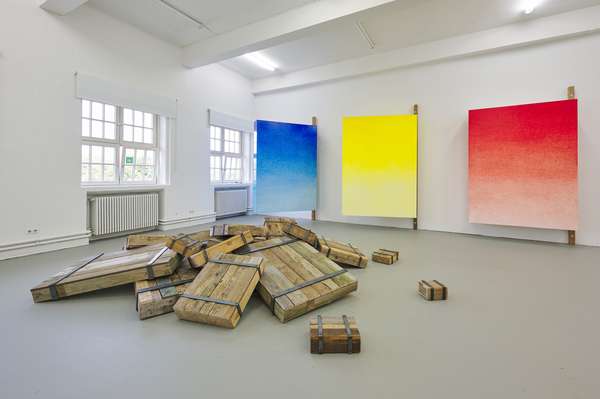












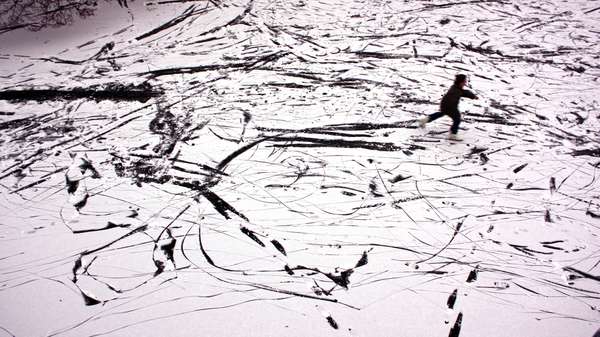
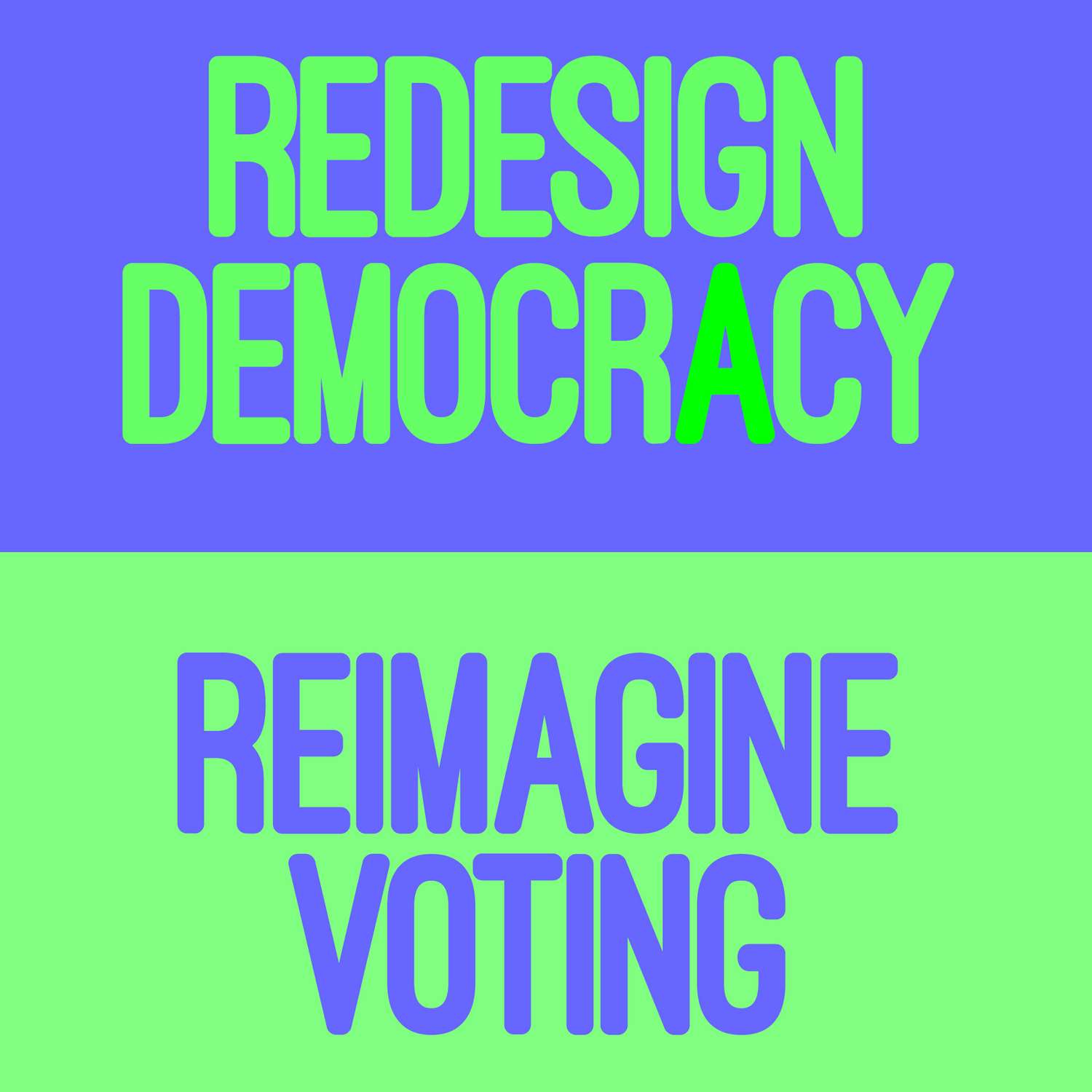
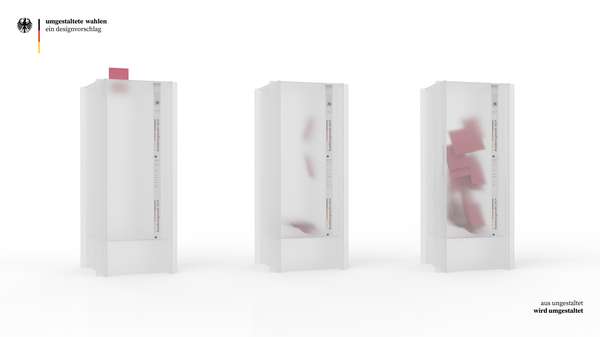






















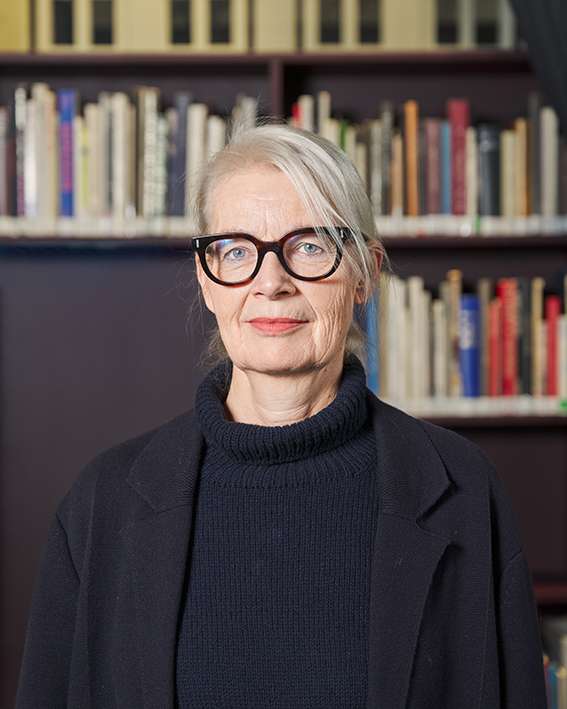









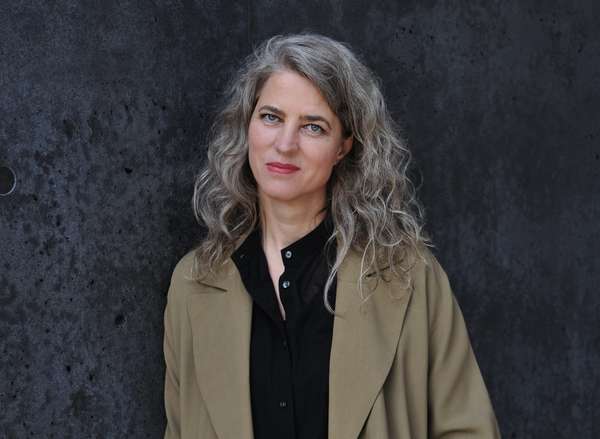




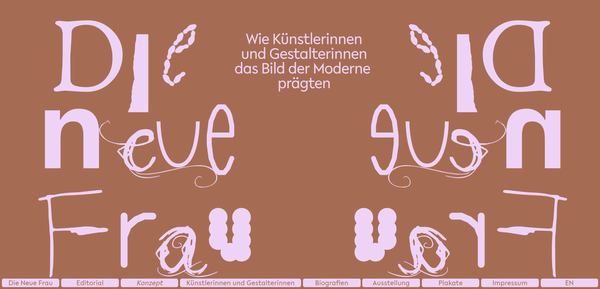

















































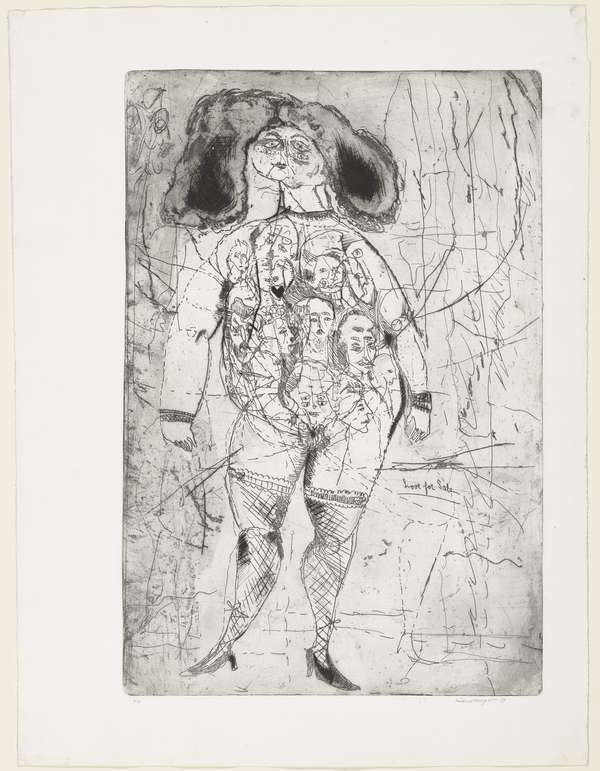



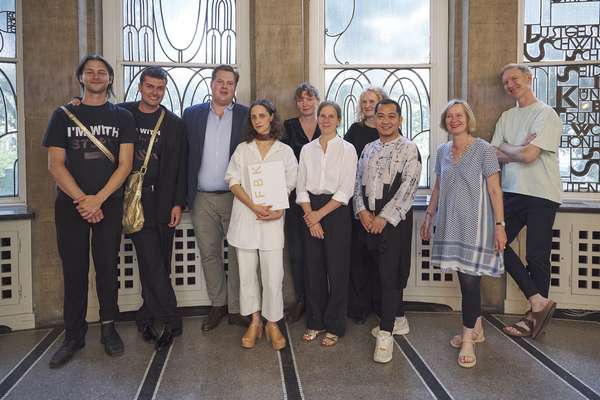



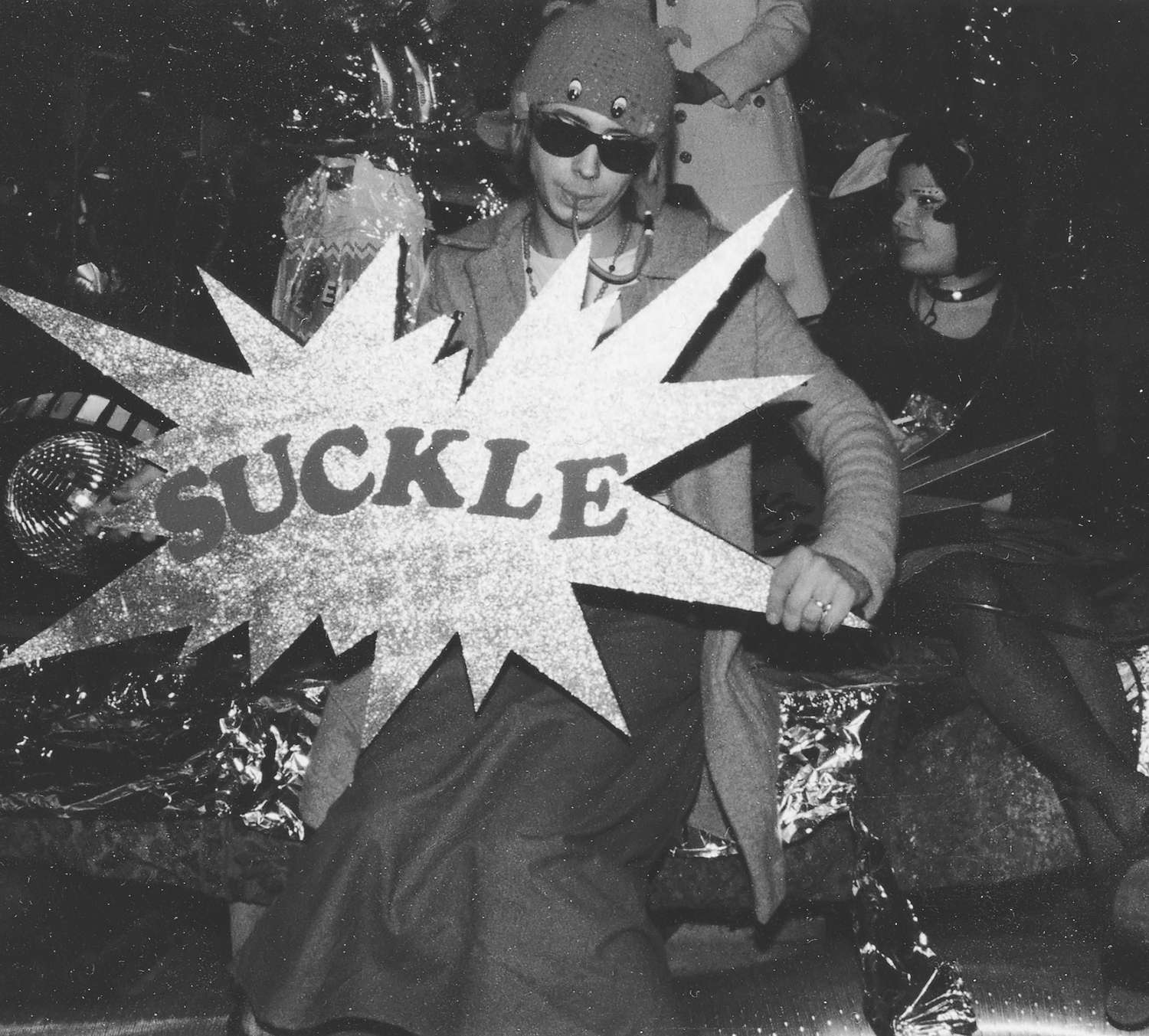





















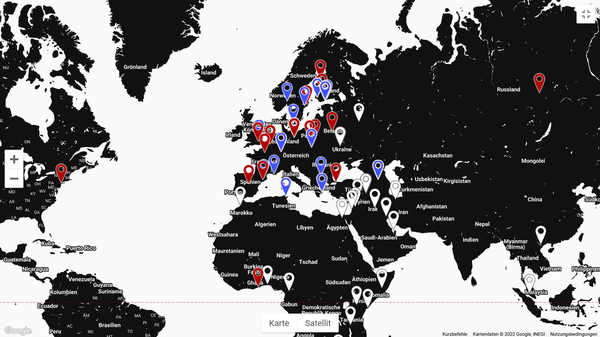











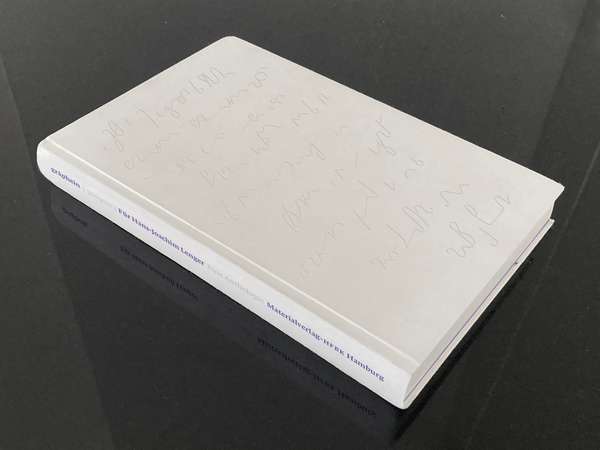



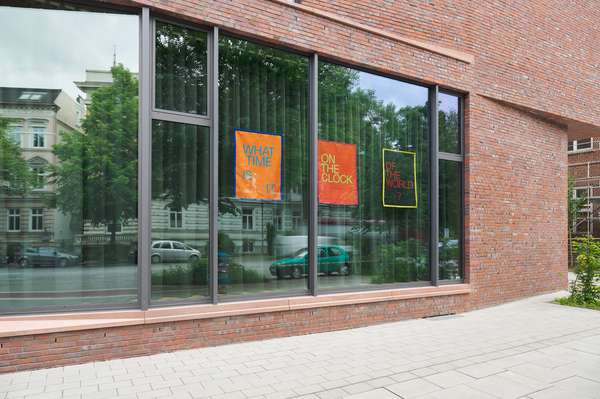


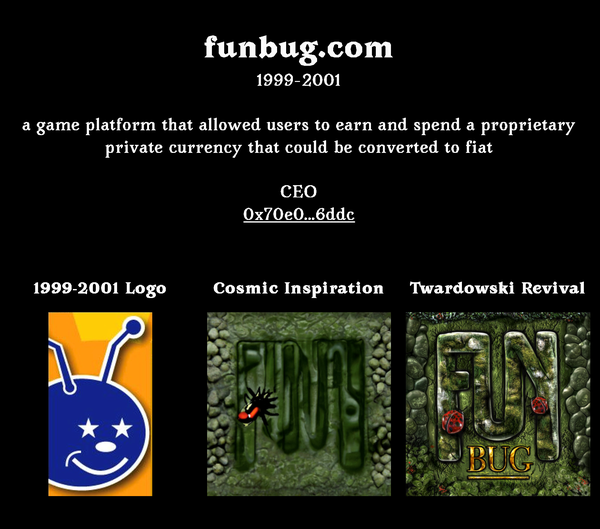







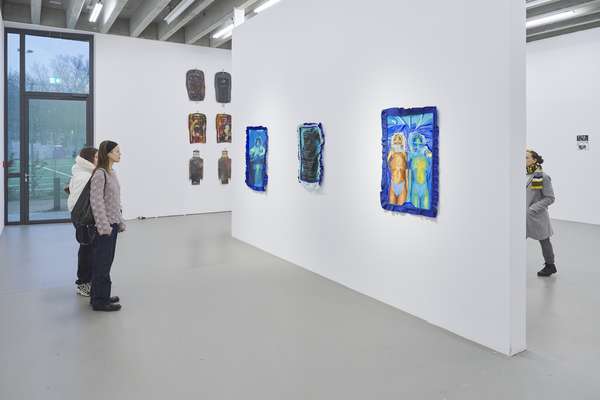



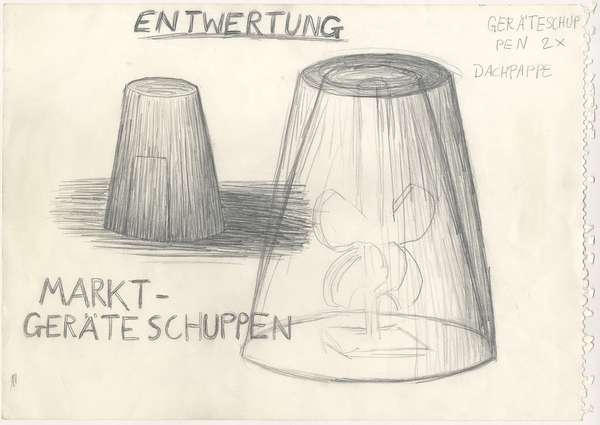











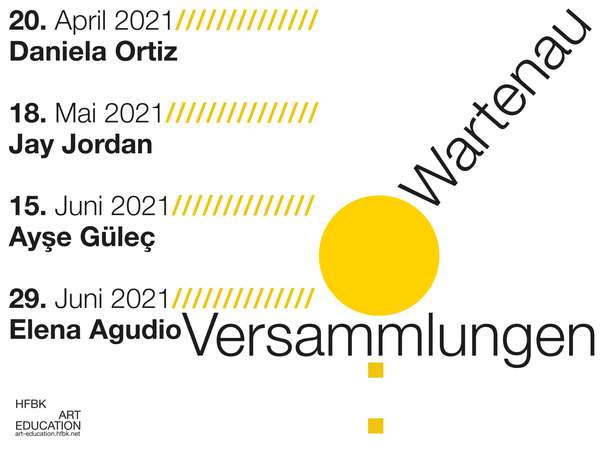











































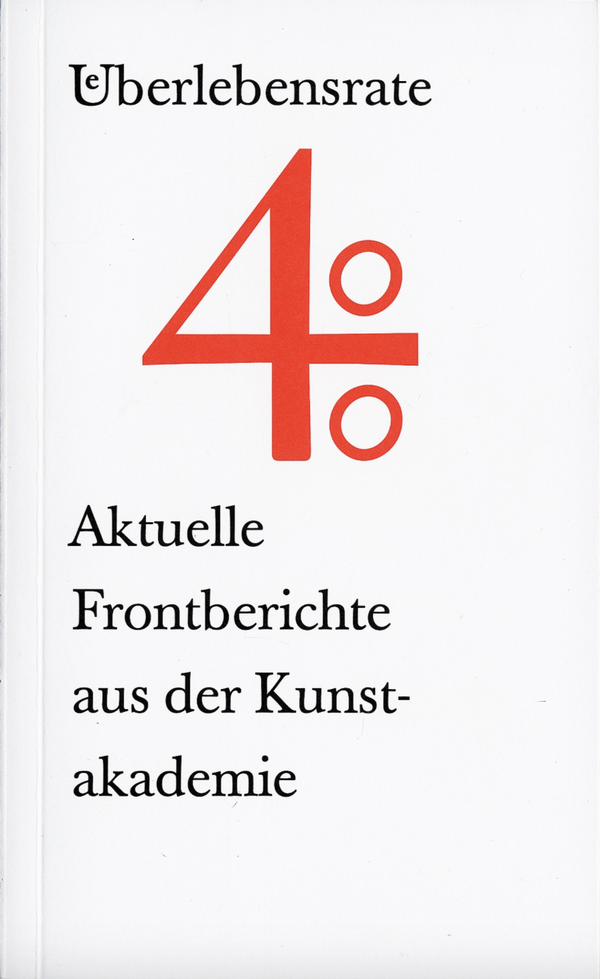




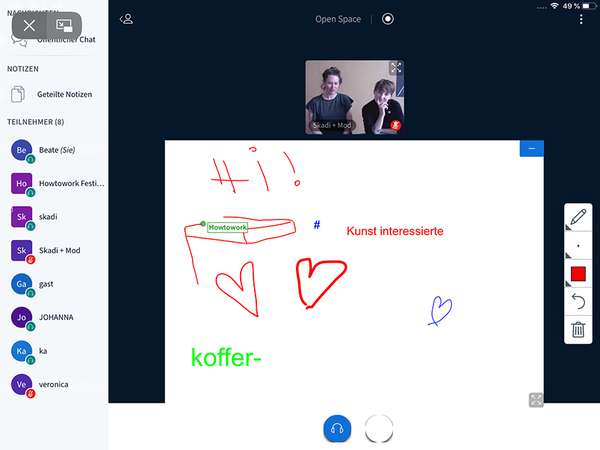


 Graduate Show 2025: Don't stop me now
Graduate Show 2025: Don't stop me now
 Long days, lots to do
Long days, lots to do
 Cine*Ami*es
Cine*Ami*es
 Redesign Democracy – competition for the ballot box of the democratic future
Redesign Democracy – competition for the ballot box of the democratic future
 Art in public space
Art in public space
 How to apply: study at HFBK Hamburg
How to apply: study at HFBK Hamburg
 Annual Exhibition 2025 at the HFBK Hamburg
Annual Exhibition 2025 at the HFBK Hamburg
 The Elephant in The Room – Sculpture today
The Elephant in The Room – Sculpture today
 Hiscox Art Prize 2024
Hiscox Art Prize 2024
 The New Woman
The New Woman
 Doing a PhD at the HFBK Hamburg
Doing a PhD at the HFBK Hamburg
 Graduate Show 2024 - Letting Go
Graduate Show 2024 - Letting Go
 Finkenwerder Art Prize 2024
Finkenwerder Art Prize 2024
 Archives of the Body - The Body in Archiving
Archives of the Body - The Body in Archiving
 New partnership with the School of Arts at the University of Haifa
New partnership with the School of Arts at the University of Haifa
 Annual Exhibition 2024 at the HFBK Hamburg
Annual Exhibition 2024 at the HFBK Hamburg
 (Ex)Changes of / in Art
(Ex)Changes of / in Art
 Extended Libraries
Extended Libraries
 And Still I Rise
And Still I Rise
 Let's talk about language
Let's talk about language
 Graduate Show 2023: Unfinished Business
Graduate Show 2023: Unfinished Business
 Let`s work together
Let`s work together
 Annual Exhibition 2023 at HFBK Hamburg
Annual Exhibition 2023 at HFBK Hamburg
 Symposium: Controversy over documenta fifteen
Symposium: Controversy over documenta fifteen
 Festival and Symposium: Non-Knowledge, Laughter and the Moving Image
Festival and Symposium: Non-Knowledge, Laughter and the Moving Image
 Solo exhibition by Konstantin Grcic
Solo exhibition by Konstantin Grcic
 Art and war
Art and war
 Graduate Show 2022: We’ve Only Just Begun
Graduate Show 2022: We’ve Only Just Begun
 June is full of art and theory
June is full of art and theory
 Finkenwerder Art Prize 2022
Finkenwerder Art Prize 2022
 Nachhaltigkeit im Kontext von Kunst und Kunsthochschule
Nachhaltigkeit im Kontext von Kunst und Kunsthochschule
 Raum für die Kunst
Raum für die Kunst
 Annual Exhibition 2022 at the HFBK
Annual Exhibition 2022 at the HFBK
 Conference: Counter-Monuments and Para-Monuments.
Conference: Counter-Monuments and Para-Monuments.
 Diversity
Diversity
 Live und in Farbe: die ASA Open Studios im Juni 2021
Live und in Farbe: die ASA Open Studios im Juni 2021
 Unlearning: Wartenau Assemblies
Unlearning: Wartenau Assemblies
 School of No Consequences
School of No Consequences
 Annual Exhibition 2021 at the HFBK
Annual Exhibition 2021 at the HFBK
 Semestereröffnung und Hiscox-Preisverleihung 2020
Semestereröffnung und Hiscox-Preisverleihung 2020
 Teaching Art Online at the HFBK
Teaching Art Online at the HFBK
 HFBK Graduate Survey
HFBK Graduate Survey
 How political is Social Design?
How political is Social Design?